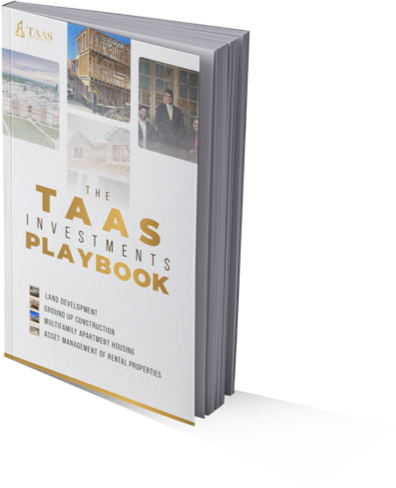Within the diverse realm of real estate investment, multifamily Class B properties occupy a compelling middle ground, balancing affordability with quality. These properties are typically older than their Class A counterparts, usually between 10 and 30 years old, and are found in good, if not prime, locations. They appeal to a wide demographic, including middle-income families and professionals who prioritize both comfort and value. Class B properties offer solid construction quality and amenities, though they may lack the cutting-edge features of Class A buildings. Their slightly older age and less central locations make them more accessible investments without sacrificing significant rental appeal.
Pros and Cons of Investing in Class B
Pros
Broader Tenant Base: Class B properties attract a wide range of tenants, from young professionals to small families, ensuring a diverse and stable rental income. This demographic is often seeking the balance between affordability and quality, making Class B properties highly attractive due to their reasonable rent prices and decent living conditions.
High Potential for Value-Add Improvements: With the right upgrades and modernizations, Class B properties can significantly increase in value and rental income. These improvements can be less costly than those for Class A properties but yield substantial returns on investment by attracting tenants willing to pay more for enhanced features.
More Resilient During Economic Downturns: Class B properties tend to maintain higher occupancy rates during economic recessions. The demand for affordable, quality housing remains steady or even increases as tenants look to downgrade from Class A living situations, providing a buffer for investors against market volatility.
Attractive Entry Price Points: The initial investment required for Class B properties is generally lower than for Class A properties, offering a more accessible entry point into the real estate market for new or expanding investors. This lower cost can lead to higher yield opportunities, particularly when properties are acquired below market value and improved.
Cons
Requires Active Management and Upkeep: While newer than Class C properties, Class B buildings still demand ongoing maintenance and management to retain their value and appeal. Investors must be prepared to invest in regular upkeep and tenant relationship management.
Competition from Both Ends of the Market: Class B properties face competition from both higher-end Class A properties and more affordable Class C properties, requiring a strategic balance in pricing and amenities to remain competitive and attractive to the target tenant demographic.
Investment Strategies for Class B Multifamily Properties
Yield Play
Investors can achieve stable, ongoing returns with Class B properties by capitalizing on their consistent demand. These properties, offering a balance of quality and affordability, are particularly appealing in markets with a strong middle-income demographic, ensuring reliable rental income.
Value-Add
The value-add strategy is especially fruitful for Class B properties. Strategic renovations, such as updating interiors, improving common areas, or adding in-demand amenities, can significantly enhance property appeal, allowing investors to reposition the property in the market and increase rents accordingly.
Acquisition Strategies
Investing in Class B properties during periods of market undervaluation or targeting those with untapped potential in transitioning neighborhoods can offer lucrative opportunities. These acquisitions, followed by targeted improvements, can quickly elevate the property’s standing and profitability.
Behavior in Economic Cycles
Recession
Class B properties often exhibit resilience in recessions, as the demand for reasonably priced, quality housing tends to remain stable or increase. This economic durability makes Class B investments a steadying force in investment portfolios during downturns.
Inflation
During inflationary times, Class B properties can adjust rents more flexibly than Class A properties, aligning closer with inflation rates without significantly exceeding the market’s affordability threshold. This adaptability can help sustain occupancy rates and rental income growth.
Comparison to Traditional Investments
Multifamily Class B properties stand as a judicious choice for investors seeking a balance between risk and reward. Unlike the stock market’s high volatility, these real estate investments offer tangible assets with the potential for steady income and appreciation, albeit requiring more hands-on management. The lower entry cost compared to Class A properties and the opportunity for value-add enhancements provide a pathway for significant ROI, making Class B an appealing middle-ground investment.
Conclusion
Class B multifamily properties represent a strategic investment opportunity, offering a blend of risk management, value enhancement potential, and accessibility. Their balance of quality and affordability makes them resilient across economic cycles, providing stable rental income and opportunities for growth through targeted improvements. As part of a diversified investment portfolio, Class B properties can offer a solid foundation for both new and seasoned investors looking to capitalize on the enduring demand for middle-market housing.
This article is provided by TAAS Investments for informational purposes only and does not constitute legal, tax, or investment advice. Prospective investors should consult with professional advisors to assess the suitability of any investment. TAAS Investments makes no representations or warranties as to the accuracy or completeness of the information contained herein.









